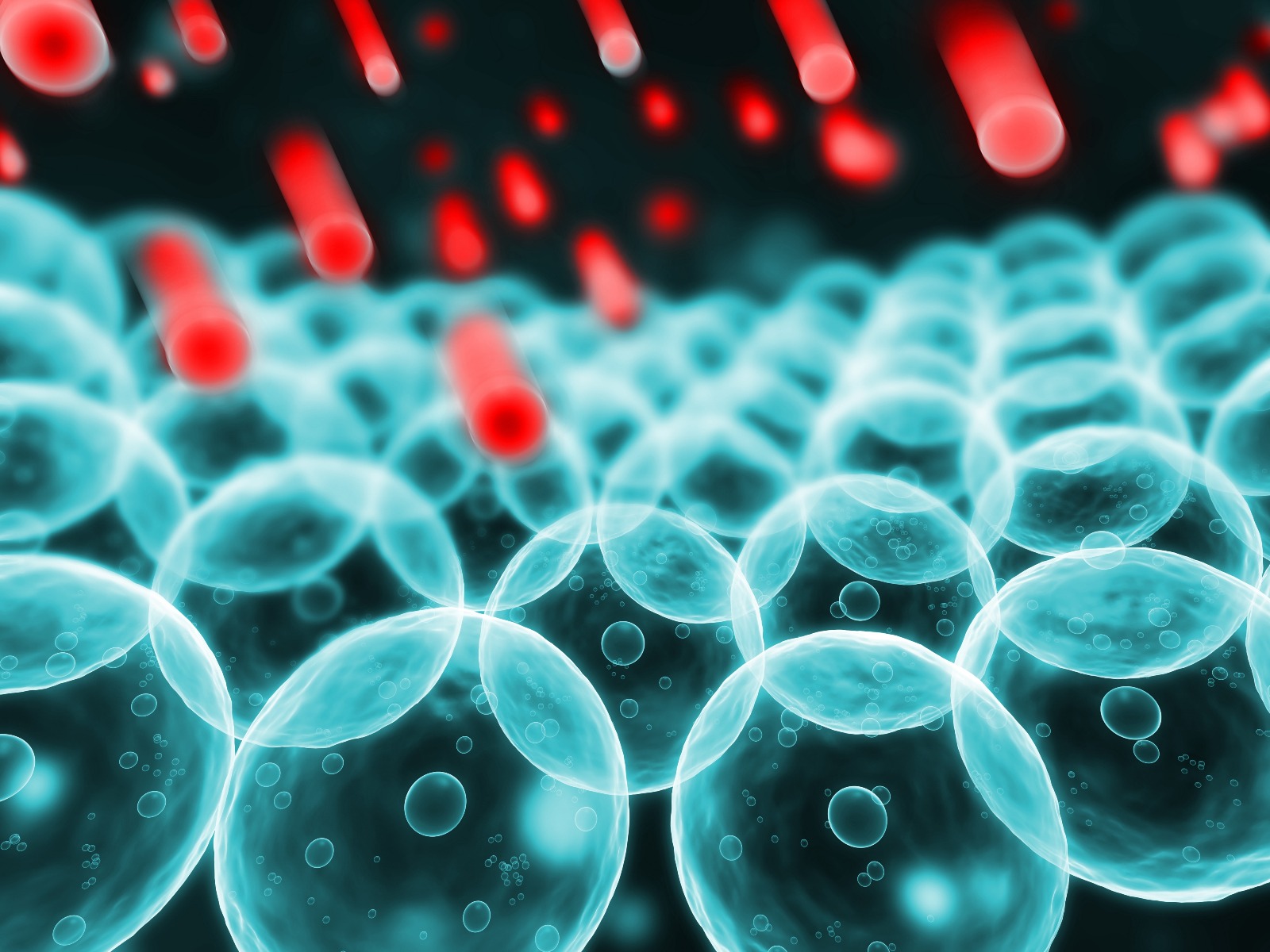
What is oxidative stress?
Oxidative stress and inflammation
By Pr Anne-Marie Roussel
Free radicals can be generated by a partial reduction of oxygen. The oxygen radical species most often involved are the superoxide anion, hydrogen peroxide, hydroxyl radical and nitric oxide. The presence of the single electron considerably increases the chemical reactivity and aggressiveness of the radical. Its pairing with another radical may result in a stable molecule. However, in most cases, a chain reaction will occur as a result of exchanges of the single electron, and will lead to the appearance of new radical species. The exogenous origin of free radicals, linked to the environment (smoke, ionising radiation) or lifestyle (tobacco, alcohol, food errors, intense sport...), is well known.

But paradoxically, free radicals are also produced by various physiological mechanisms (mitochondrial respiration, anti-infectious fight, enzymatic activities) because they are indispensable to the organism. However, an excessive production of these radical species and/or a decrease in the antiradical defence systems can have deleterious effects: we then speak of oxidative stress.
Oxidative stress is the result of an imbalance between pro-oxidants and biological antioxidants when the production of pro-oxidant radical species exceeds the body's capacity to detoxify them. The reactivity of these primary free radicals leads to the formation of other radicals, known as secondary radicals, by reaction with biological molecules (lipids, proteins, carbohydrates, nucleic acids). The products also generated can modify the structure of the cell's components and alter its functioning. Lipoperoxidation leads to a decrease in membrane fluidity and permeability. A characteristic illustration of lipoperoxidation is also the oxidation of low density lipoproteins (LDL) involved in the genesis of atheroma. The oxidation of proteins is accompanied by a loss of thiol groups (SH) and a modification of certain amino acids, leading to the formation of carbonyl groups. Proteins oxidised in this way are then sensitive to degradation. Glucose oxidation leads to the formation of various reactive intermediates, including the protein glycation end products (Advanced Glycosylation End Products = AGE). AGEs accumulate in long-lived proteins, resulting in particular in a loss of tissue elasticity in blood vessels and the lens of the eye, and could therefore contribute to endothelial dysfunction and the vascular complications of diabetes. At the DNA level, oxygenated free radicals are responsible for approximately 10,000 basic changes per cell per day. It is easy to imagine that some of this damage escapes even the most efficient repair systems. DNA oxidation reactions are ubiquitous, and are involved in mutagenesis, carcinogenesis, ageing and cell mortality.
The organism has several cellular or extracellular protective systems including enzyme defence systems (SOD, GSHPx, Catalase, Thioredoxine reductase, Glutathione reductases and transferases) and small molecules (trace elements (Zn, Se, Cu, Mn), vitamins (A, C, E), carotenoids, glutathione, albumin, ubiquinone...). These systems make it possible to avoid the accumulation of oxidised substances and the deleterious consequences for the cell of this accumulation .
The nutritional use of antioxidants, such as vitamins B, E and C, zinc, selenium, magnesium or lycopene aims to lower the level of radical attack and prevent the occurrence of oxidative pathologies.




















